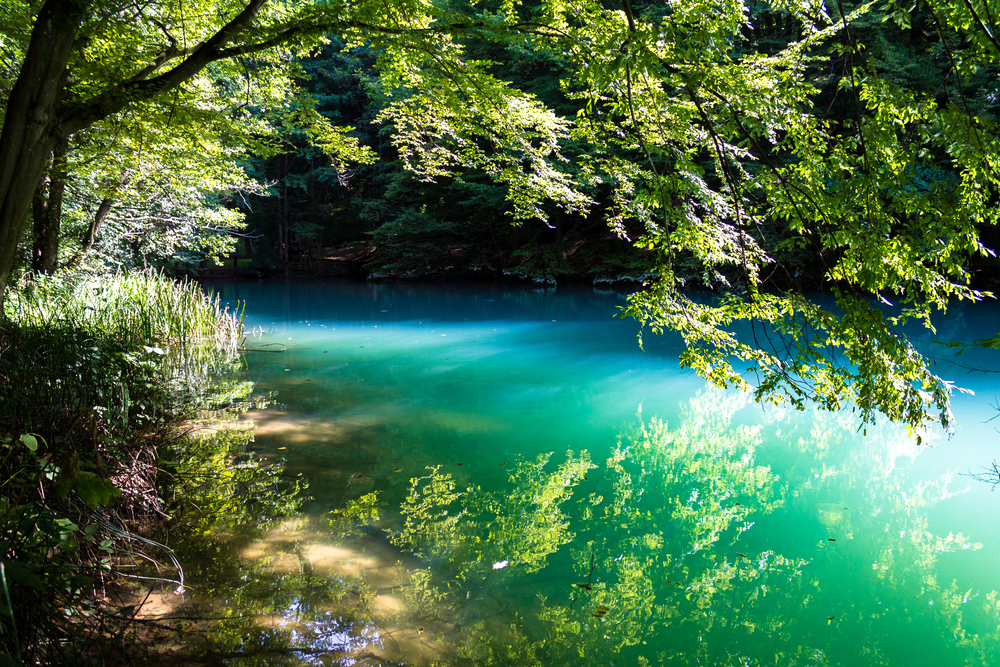Hungary has ten national parks. These protected areas are designated to preserve the country’s diverse natural landscapes, biodiversity, and cultural heritage.
About Hungary National Parks
Hungary, located in Central Europe, is home to ten national parks that showcase its rich natural and cultural heritage. These parks protect diverse ecosystems, from rolling plains and wetlands to karst landscapes and forested mountains. Hungary’s national parks are vital for preserving its unique flora and fauna, many of which are rare or endemic to the region. They also serve as cultural landmarks, reflecting centuries of human interaction with nature.
One of the most popular parks is the Hortobágy National Park, Hungary’s first and largest national park. Recognized as a UNESCO World Heritage Site, it covers vast stretches of the Great Hungarian Plain (Puszta). This park is a haven for birdwatchers, hosting thousands of migratory birds, including cranes and herons, along its marshlands. Hortobágy also preserves traditional Hungarian pastoral life, with herdsmen showcasing ancient methods of livestock management. Visitors can enjoy the iconic Nine-Arch Bridge and the annual Birdwatching Festival.
Another significant park is Aggtelek National Park, famous for its extensive karst cave system. The park’s crown jewel is the Baradla Cave, a UNESCO World Heritage Site, which stretches over 25 kilometers and features stunning stalactites and stalagmites. The caves are not only geological marvels but also home to unique species, including bats and cave-dwelling invertebrates. Guided tours provide insights into the area’s geological history and cultural importance.
The Bükk National Park, nestled in northern Hungary, boasts picturesque limestone formations, deep valleys, and expansive beech forests. This park is renowned for its biodiversity, hosting numerous plant and animal species, including lynxes and owls. It is also a popular destination for outdoor enthusiasts, offering hiking, climbing, and exploring ancient rock dwellings.
Kiskunság National Park, situated between the Danube and Tisza rivers, represents Hungary’s distinctive steppe landscapes. Known for its saline lakes, sand dunes, and wetlands, the park is an essential stopover for migratory birds. Conservation efforts have focused on restoring traditional agricultural practices to maintain the delicate ecological balance.
Lastly, Danube-Dráva National Park highlights the natural beauty of Hungary’s rivers. This park is characterized by floodplain forests, oxbow lakes, and diverse aquatic habitats. It is a critical refuge for waterfowl and fish species. Visitors can explore its tranquil waterways by canoe or enjoy birdwatching along the riverbanks.
Hungary’s national parks face challenges such as habitat fragmentation, climate change, and agricultural pressures. However, conservation efforts, including habitat restoration and community engagement, have yielded successes, such as the resurgence of species like the great bustard and the preservation of traditional landscapes. These parks not only protect Hungary’s natural treasures but also foster environmental education and ecotourism.
Hungary National Parks
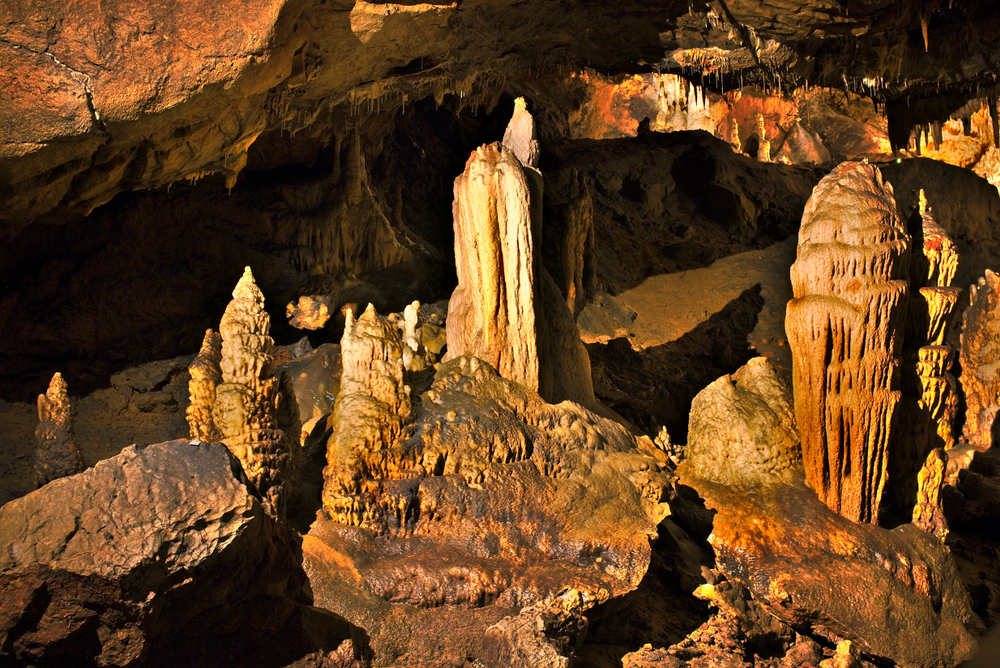
Aggtelek National Park
Explore Now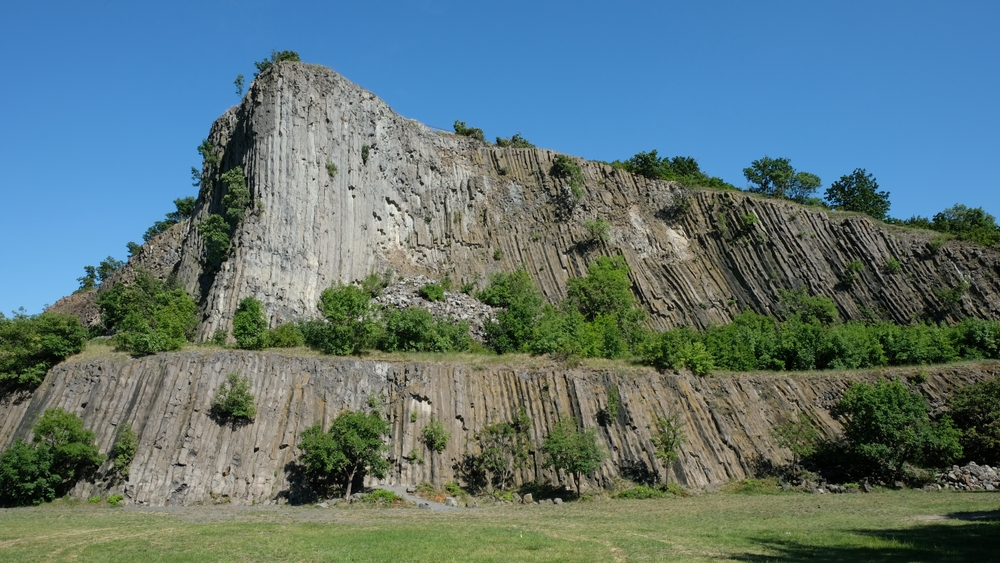
Balaton Uplands National Park
Explore Now
Bükk National Park
Explore Now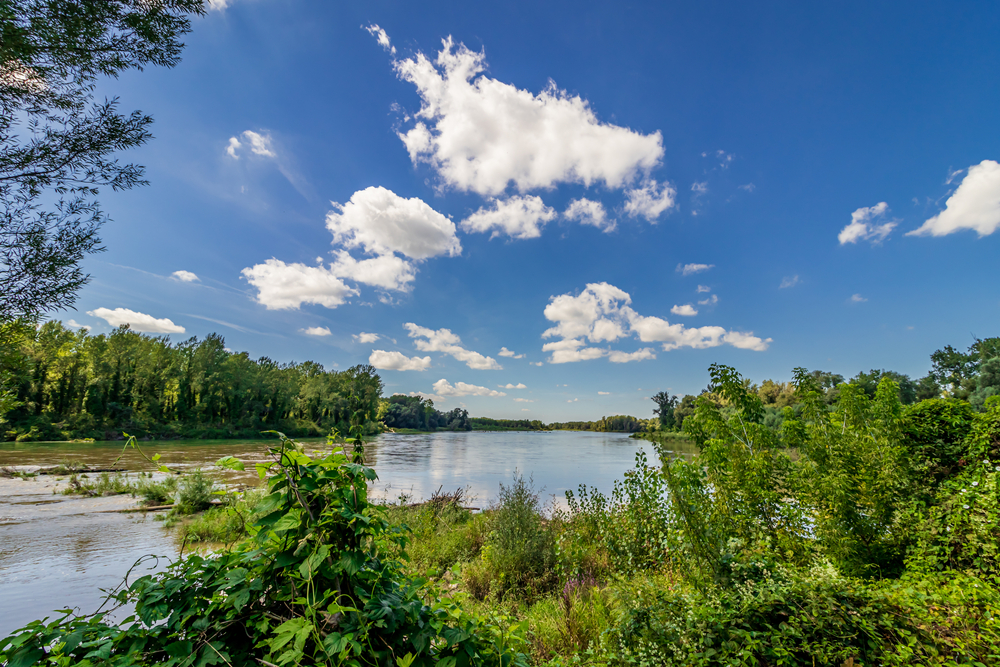
Danube-Drava National Park
Explore Now
Danube-Ipoly National Park,
Explore Now
Fertő-Hanság National Park
Explore Now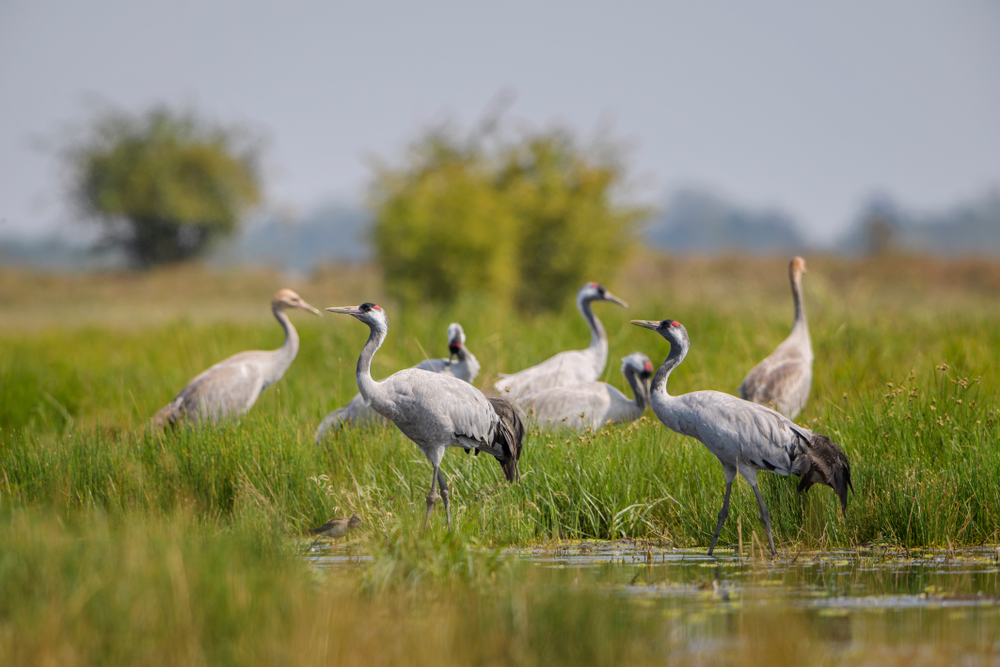
Hortobágy National Park
Explore Now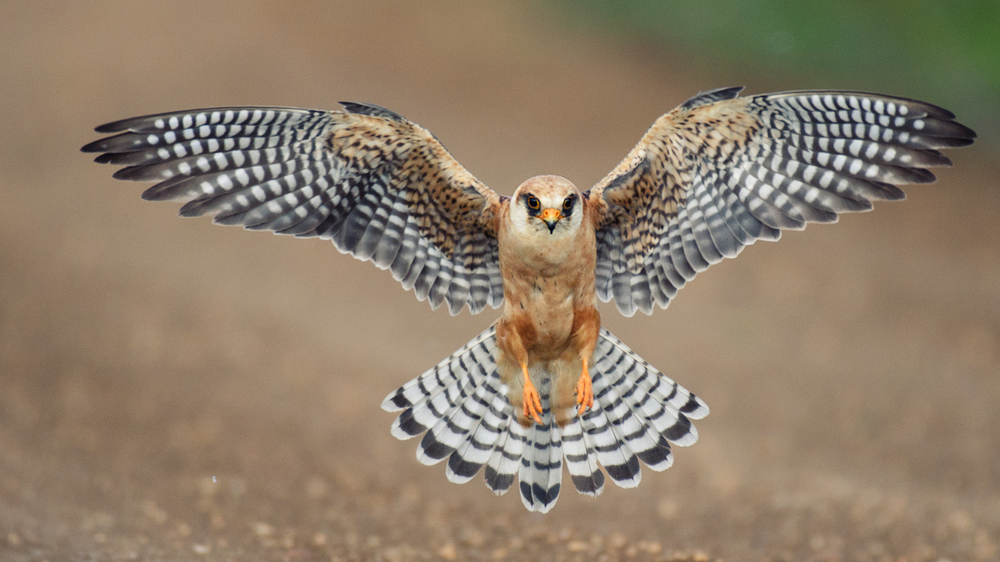
Kiskunság National Park
Explore Now
Körös-Maros National Park
Explore Now
Őrség National Park
Explore NowFAQ’s
1. How many national parks are there in Hungary?
2. What is the largest national park in Hungary?
The largest national park in Hungary is Hortobágy National Park. It covers an extensive area of approximately 82,000 hectares (about 320 square miles) in the eastern part of the country.
Hortobágy National Park is renowned for its vast grasslands, known as puszta, which are a unique and iconic landscape feature of Hungary. It is also recognized as a UNESCO World Heritage Site and is home to diverse plant and animal species, including numerous migratory birds.
Additionally, the park preserves traditional Hungarian pastoral culture, including the breeding and husbandry of livestock such as the famous Hungarian grey cattle and racka sheep.
3. What is the smallest national park in Hungary?
The smallest national park in Hungary is the Körös-Maros National Park, which encompasses an area of about 50 square kilometers (approximately 19 square miles). Located in the southeastern part of the country, Körös-Maros National Park is characterized by its diverse wetland habitats, including floodplain forests, marshes, and oxbow lakes.
Despite its small size, the park is significant for its rich biodiversity, particularly in birdlife, as it provides vital habitat for numerous migratory and resident bird species. Additionally, the park is important for conservation efforts aimed at preserving Hungary’s wetland ecosystems and associated flora and fauna.
Körös-Maros National Park also offers opportunities for nature observation, birdwatching, and environmental education.
4. What was the first national park in Hungary?
The first national park established in Hungary is Hortobágy National Park (Hortobágyi Nemzeti Park). Established in 1973, it is one of the oldest national parks in Hungary.
Hortobágy National Park is located in the eastern part of the country, covering an extensive area of approximately 82,000 hectares (about 320 square miles). It is known for its vast grasslands, or puszta, which are iconic to Hungary’s landscape and culture. The park is recognized for its rich biodiversity, traditional Hungarian pastoral culture, and importance as a stopover site for migratory birds.
Hortobágy National Park was designated as a UNESCO World Heritage Site in 1999, further highlighting its significance in both natural and cultural heritage conservation.
5. What is the most popular national park in Hungary?
The most popular national park in Hungary is Hortobágy National Park, which is part of the Great Hungarian Plain and renowned for its vast grasslands, wetlands, and traditional Hungarian shepherd culture.
Established in 1973, it is Hungary’s first national park and a UNESCO World Heritage site. Hortobágy is a haven for birdwatchers, as it is an important stopover for migratory birds, including species like cranes and herons.
It also preserves cultural heritage, including traditional shepherding practices and the iconic Nine-Hole Bridge.
6. What percentage of Hungary's land area is protected through official National Parks?
Approximately 10% of Hungary’s land area is protected through official national parks, nature reserves, and other protected areas, covering an estimated 3,400 square miles (8,800 square kilometers).
Hungary has 10 national parksthat span various ecosystems, from the plains of Hortobágy to the mountain ranges of Aggtelek and the Bükk.
7. What other protected areas are there in Hungary?
Apart from national parks, Hungary has numerous landscape protection areas and nature reserves.
Examples include the Lake Tisza Ecological Reserve, known for its biodiversity and water-based ecosystems, and the Karstlands of Aggtelek, which feature unique limestone formations and caves.
Hungary also has several UNESCO Biosphere Reserves that focus on the conservation of ecosystems and sustainable human interaction with nature.
8. What nature attractions does Hungary have apart from National Parks?
Hungary is known for its natural attractions like Lake Balaton, the largest freshwater lake in Central Europe, which is a popular spot for swimming, sailing, and birdwatching.
The Danube Bend, a scenic stretch of the Danube River, offers breathtaking landscapes and outdoor activities such as hiking and kayaking. The Tapolca Cave Lake is another natural wonder, where visitors can explore subterranean waters by boat.
9. What species are endemic and unique to Hungary alone?
Hungary has several endemic plant species, particularly in the grasslands and mountainous areas, such as the Hungarian Pasqueflower. Though less common, the Pannonian root vole, a small rodent found in the country’s wetland areas, is one of the few animal species native to Hungary.
10. What is Hungary's main international airport?
Hungary’s main international gateway is Budapest Ferenc Liszt International Airport (BUD), located near the capital city of Budapest.
11. What international airline companies fly into Hungary?
Numerous international airlines fly into Hungary, including:
- Air France
- British Airways
- Emirates
- KLM
- Lufthansa
- Qatar Airways
- Ryanair
- Turkish Airlines
- Wizz Air
12. Who manages the national parks of Hungary?
The Hungarian Ministry of Agriculture oversees the management of the country’s national parks, with the parks themselves administered by National Park Directorates.
Each directorate is responsible for maintaining the ecological balance and promoting conservation efforts.
More information can be found at https://www.nemzetipark.gov.hu.








































































